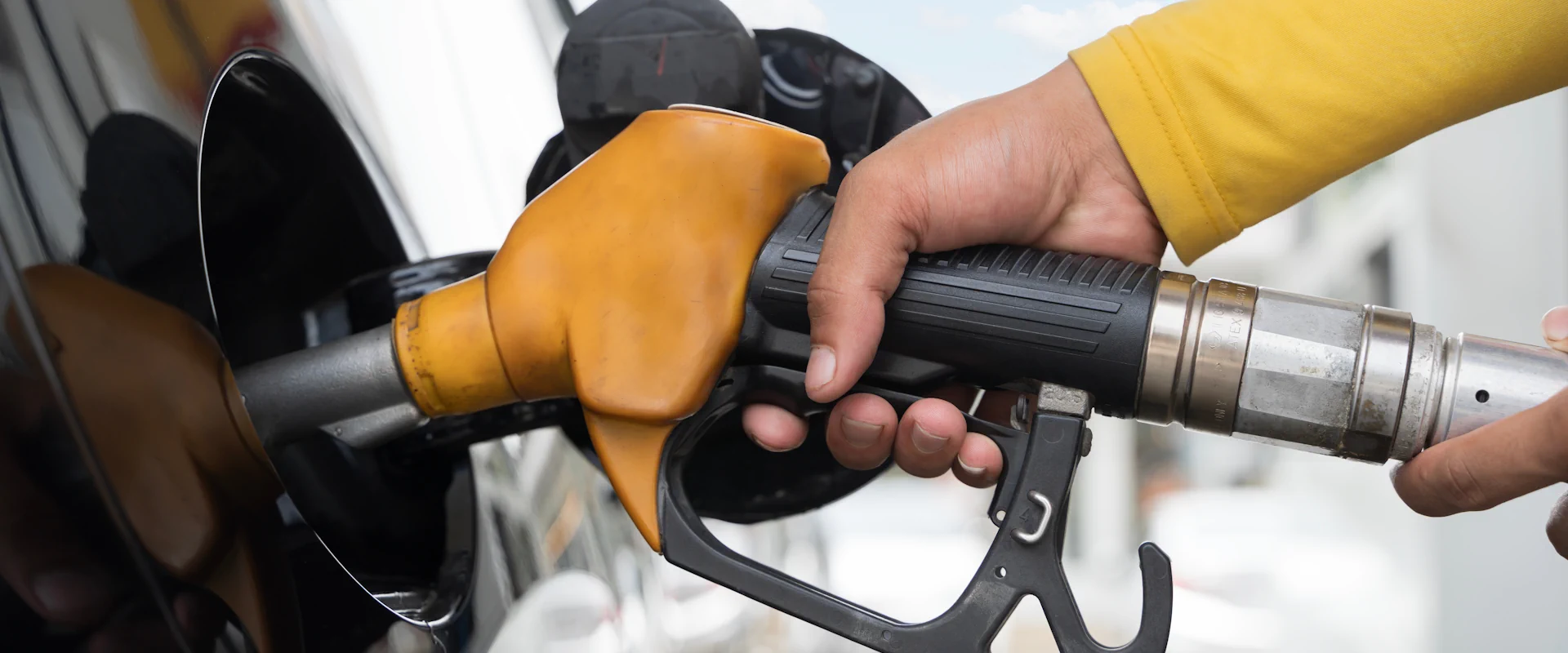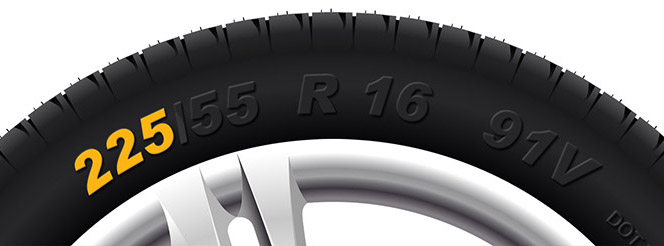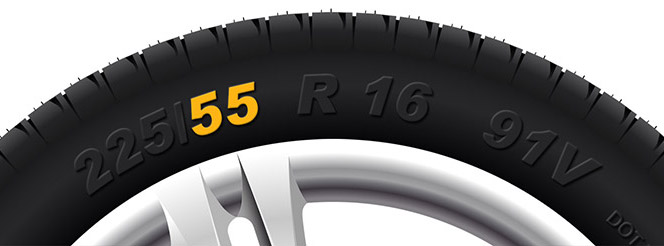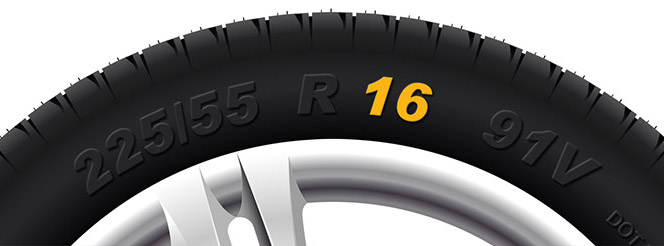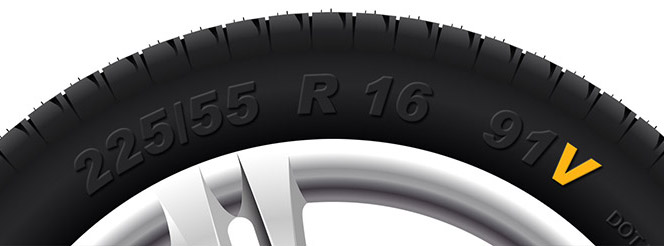Fuel Prices Rising? Here's How to Spend Less
Published on: Saturday, 20 September 2025 | Author: Jessica Bird
Why is it that you always seem to need petrol at the worst times? Like when you’re in a rush or when it’s already been an expensive week?
Fuelling up the car, though essential, feels like just another cost to add to the bills each month, and the high cost of living means that people everywhere are feeling the pinch.
On average, unleaded petrol is currently 135.36p per litre in the UK. While this isn’t quite as much as the record highs of 191p per litre in July 2022, it still means that fuelling up is considerably more expensive than it used to be.
Looking to save wherever you can? Here are some tips to spend less on fuel each month.
1. Don't let your tyres drag you down
If your tyres are running low on air, you’re likely using more fuel than you need to in order to get around. Underinflated tyres cause greater friction with the road surface (and increased drag) since more of the tyre is in contact with the road. This means that your car requires more power - and therefore uses more fuel - to move forward.
What’s more, if you’re trying to cut back on car-related costs, underinflated tyres will wear down more quickly, meaning you’ll have to replace them sooner. So, keeping your tyres inflated to the correct PSI (Pounds per Square Inch) is essential for reducing wasted fuel.
Worried about your tyres or unsure what pressure they should be? Book your car in for a free tyre check at your local Tyre Pros.
2. Avoid running any extras
Running your air con or switching on your heated seats can cause you to use more fuel than you would otherwise, since your car needs more energy to power these extras. So, if you can go without the luxury of a warm seat or a cool cabin, do.
3. Remove heavy items
The more weight your vehicle has to carry, the more fuel is needed to carry it. So, removing any unnecessary items from your boot, backseats, footwells, and door panels can help improve your fuel economy.
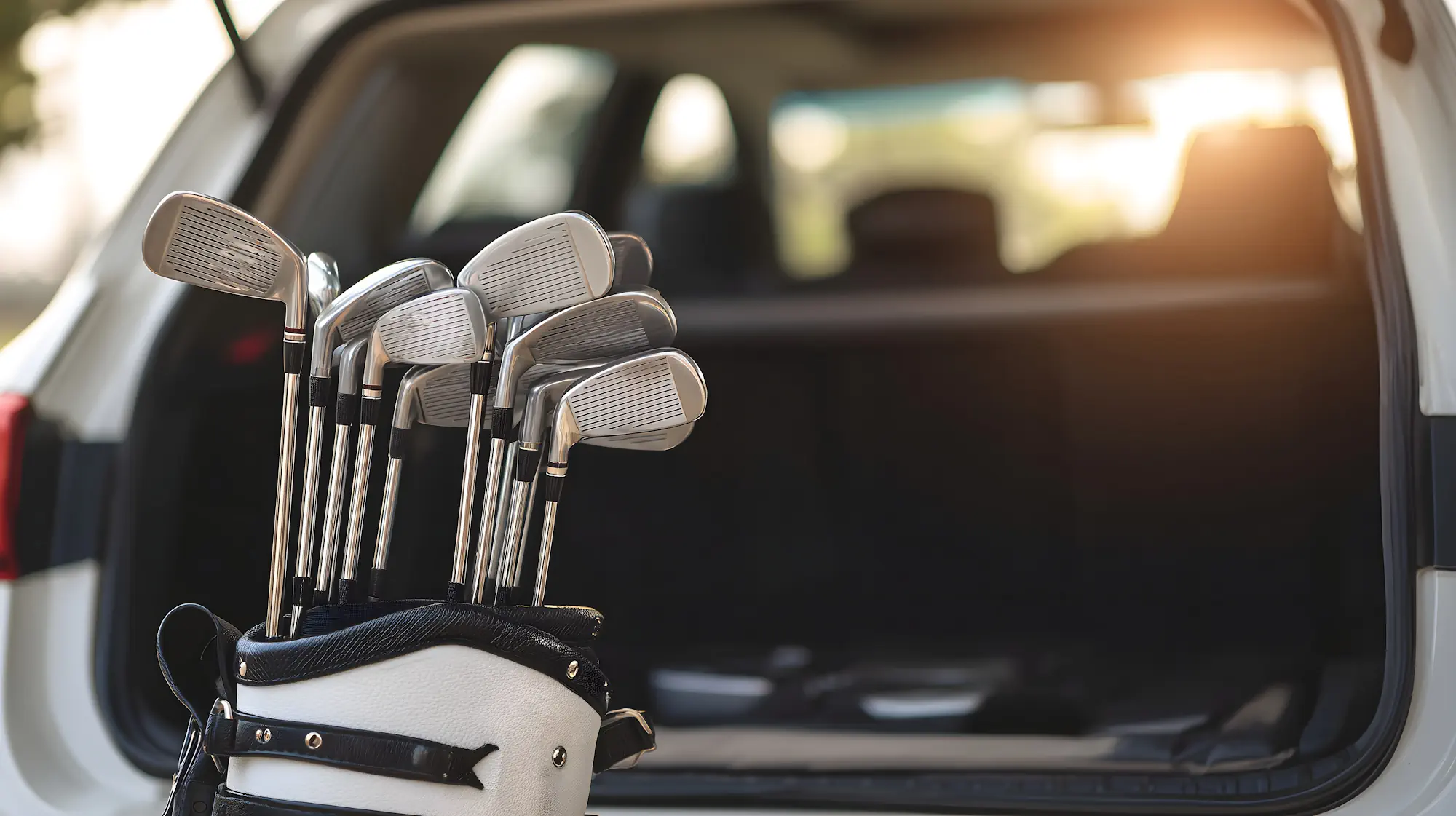
3.2 Reduce win resistance
This also applies to weight outside the car, like roof racks and roof boxes. These items not only add weight, but also increase drag (like underinflated tyres), causing fuel usage to increase.
4. Watch your speed
Speeding up suddenly is a surefire way to burn through fuel, so ease off that accelerator pedal and be gentle. Pulling away and speeding up gradually instead of racing like an F1 car is much better not only for your safety but your fuel economy, too.
It’s also helpful to remember that an engine uses more fuel the faster it spins. So, for the best miles per gallon, try to drive in the highest gear possible (while remaining within the speed limit), switching up through the gears quickly, while keeping revs as low as you can.
5. Cut out idling
If you’re looking to maximise time between fuel-ups, engine idling is not your friend. Sitting in queues of traffic with your engine on or starting the car to warm things up before you drive to work in the morning seems minor, but they’ll drain your fuel tank quicker. Engine idling is also not good for the planet since a stationary car will produce far more emissions than a moving one.
6. Be smart about fuelling
There are plenty of theories about fuelling habits and saving money. Some suggest running on fumes as much as you can, while others suggest an always-full approach is the most efficient way to save.
However, generally speaking, it’s actually cheaper to half-fill your petrol tank every time since a car is much lighter when it’s only carrying the weight of half a tank (therefore using less fuel).
6.2 Tighten the fuel cap
Another handy trick for saving fuel is to give your fuel cap an extra tighten after you’ve filled up. Petrol evaporates when it’s hot, and a loose fuel cap may well see some petrol lost. It’s minor but, in conjunction with all of the other tips, it’ll help.
7. Make the most of momentum
Slowing down and speeding up again uses more fuel than a car that cruises at a regular, constant speed. With that in mind, you should aim to drive as smoothly and consistently as possible (where it is safe to do so) to save on fuel.
This means getting to grips with momentum and always being a few steps ahead. If you can see a red traffic light and a queue up ahead, don’t continue at a high speed and suddenly stop quickly; ease off the accelerator and coast to a slow standstill gently.
The same applies to speeding up. If you can see an incline coming, don’t slam your pedal to the metal and speed off; simply accelerate a little before you reach the hill and ease off as you summit - momentum should propel you the rest of the way.
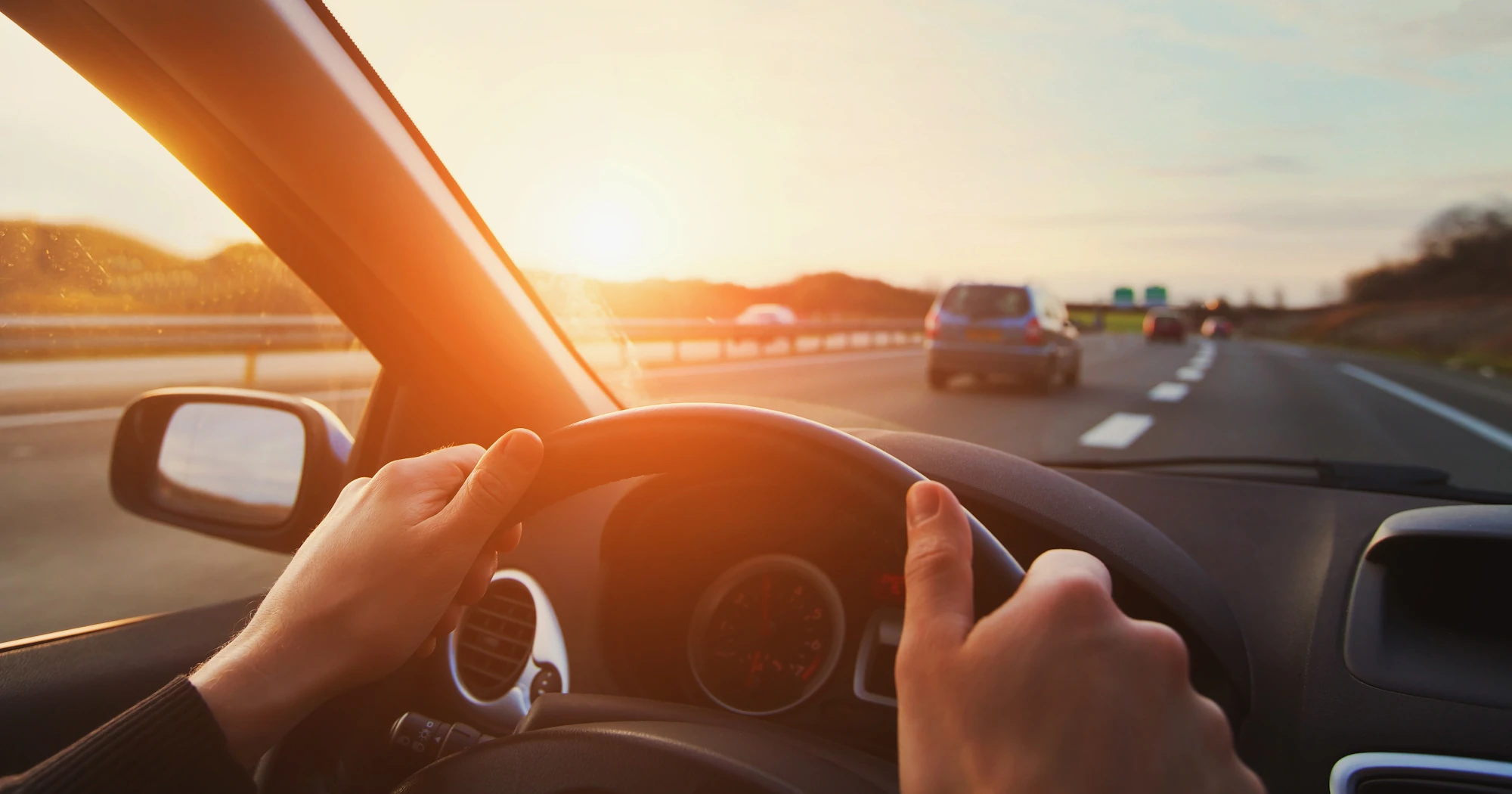
8. Stick with regular fuel
Unless your vehicle specifically requires a certain type of premium fuel, regular unleaded will be fine. While premium fuel is designed to support better engine health and is generally said to be “cleaner”, the performance improvements when compared to regular petrol are often minimal and not worth the expense.
9. Use cruise control selectively
Cruise control can be helpful for improving fuel economy by keeping a vehicle moving at a constant speed (without fuel-zapping acceleration). However, this only works on flat surfaces, like during motorway driving.
If you’re navigating hills and bends with braking and acceleration, your cruise control will likely end up using more fuel since it will respond slower to changes in gradient, ultimately making the car work harder.
10. Combine journeys
If you have multiple errands to run or places to visit, consider doing one round trip instead of multiple shorter journeys. If your engine is already warmed up, it will need less fuel to get going again, saving you money in the long run.
Expert car maintenance from Tyre Pros
For more money-saving tips and motoring advice, head to the Tyre Pros Advice Hub. In the meantime, if you need help with maintaining your vehicle - be it inflating tyres, servicing, or troubleshooting issues with brakes, suspension, or other core components - give our friendly team a call and we’d be happy to help.
